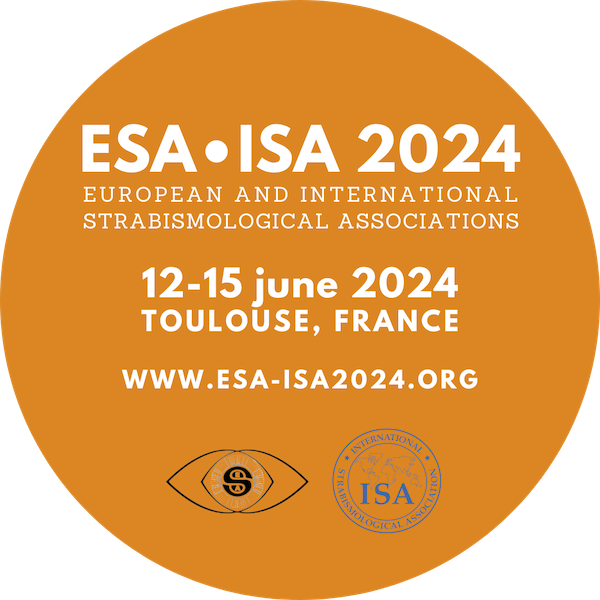
Session: Free papers Session II - Diagnostics & Amblyopia
An eye-tracking based dichoptic home treatment for amblyopia: stability of visual acuity and stereopsis improvement following discontinuation of amblyopia treatment in children aged 4-9 years
Introduction: Following A pivotal RCT study with CureSight, we report long-term outcomes of the non-inferiority trial with the CureSight dichoptic home treatment for amblyopia (NovaSight, Israel).
Methods: Prospective, multicenter, examiner-masked, controlled trial with 80 participants with available 28-week data (n=39 in the initial binocular treatment group and n=41 in the initial patching group) Following the initial study period of 16 weeks, between weeks 16 to 28, 19 patients in the original patching group received no additional treatment (patching group), 22 were treated with the CureSight dichoptic home treatment for additional 12 weeks (patching crossover group), whereas patients in the original binocular treatment group received no additional treatment (binocular treatment group)
Results: At 28-week visit, the improvement in VA in the amblyopic eye was maintained vs. baseline (p<0.000, all groups) and vs. 16-weeks visit (p=0.2474, p=0.9641, p=0.7699, binocular treatment, patching, and patching crossover groups, respectively), with similar magnitude of change. Improvement in stereoacuity was also maintained vs. baseline (p<0.0001, p=0.0006, p=0.0011 for binocular treatment, patching, and patching crossover groups, respectively) and vs. 16-weeks visit (p=0.8344, p=0.8125, p=0.6426, binocular treatment, patching, and patching crossover groups, respectively). However, the binocular treatment group showed a trend of further improvement in stereoacuity at the 28-week visit when looking at the magnitude of change compared to 16-week visit. In contrast, the patching group showed a trend of deterioration. The patching crossover group showed an even greater trend of improvement in stereoacuity.
Conclusion: Binocular treatment can benefit patients with amblyopia, including patients with residual or recurrent amblyopia and patients previously treated with a monocular approach.